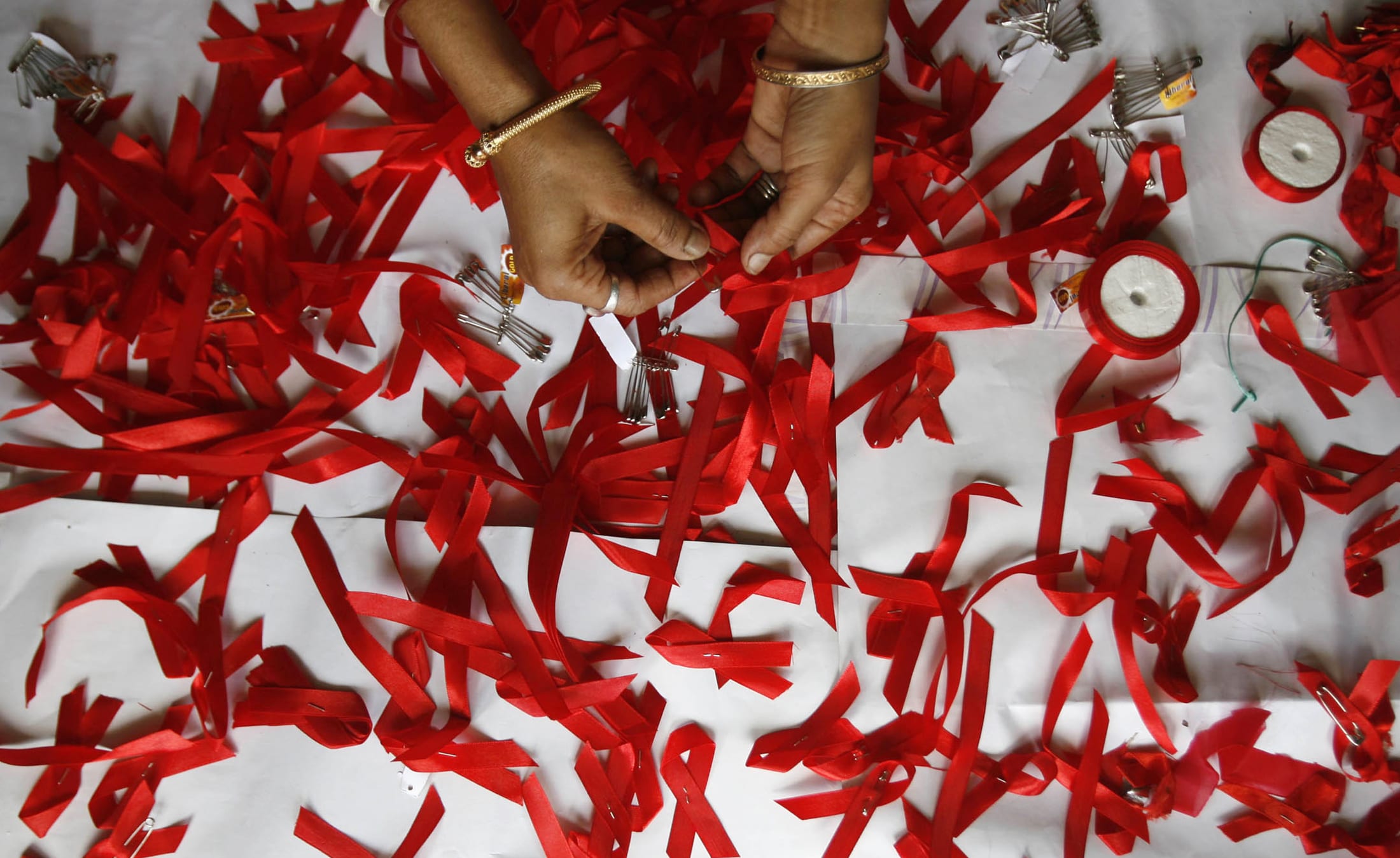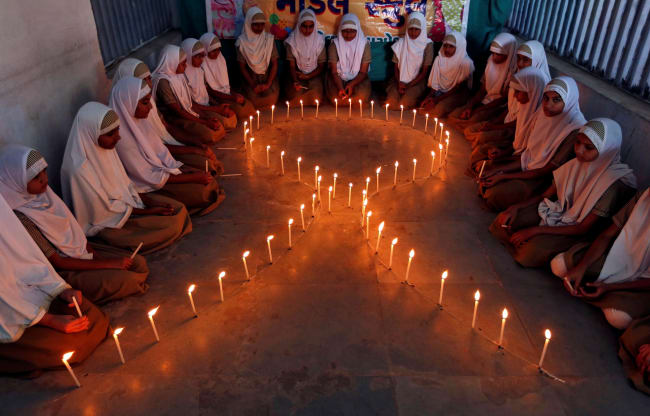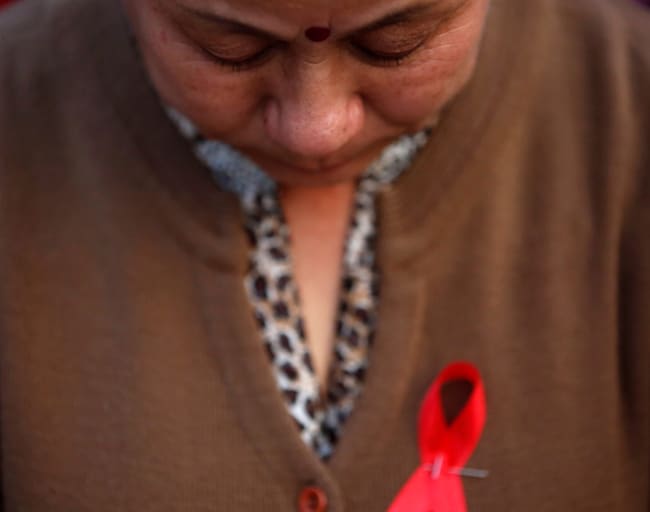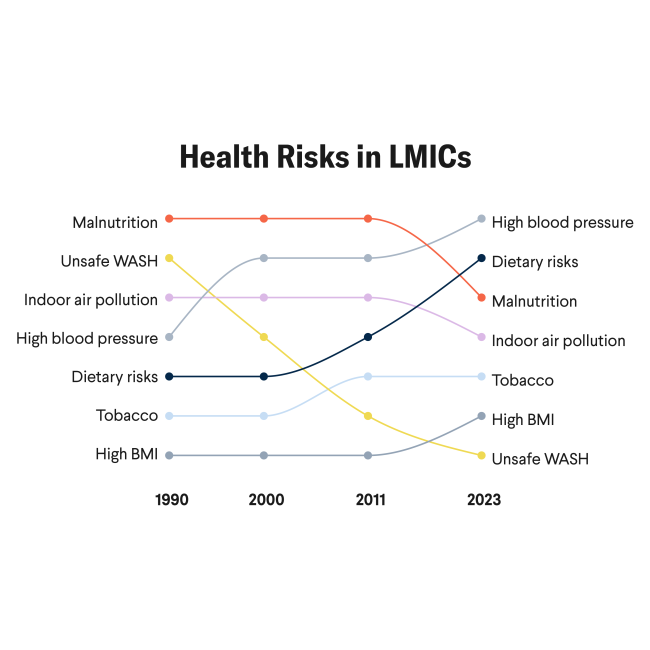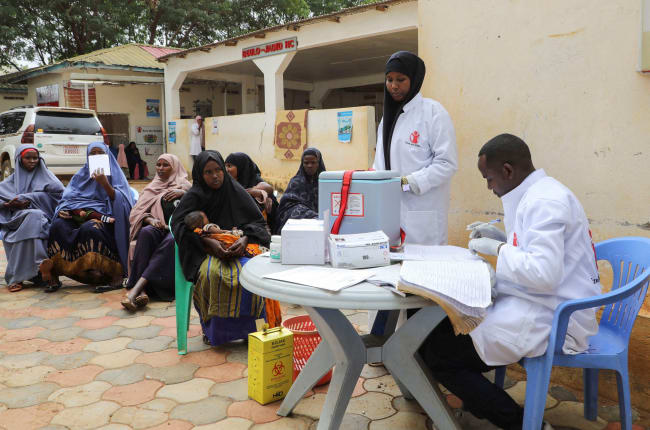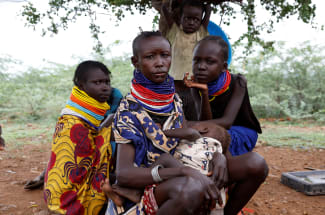In its previous two articles, my series has made the case that the most recent reauthorization process for the President's Emergency Plan for AIDS Relief (PEPFAR) was affected both by unfounded accusations by some Republicans that the HIV program—the largest disease-specific foreign aid in U.S. history—paid for abortion, and by ambivalence or antipathy toward PEPFAR's approach, including on the part of agencies that struggle with data collection in other global health programs.
The series explores the circumscribed support from the White House, U.S. State Department, and the U.S. Agency for International Development (USAID), which consistently laud the program's work on its fight against HIV and other outbreaks and without comment on its mechanisms and their relevance to other programs. As discussed, PEPFAR supporters who fervently embrace its structure and strategy also keep a tight focus on the program's victories against HIV.
Selective public-facing praise for PEPFAR possibly eroded support for the program when it was most needed, resulting this March in a curtailed one-year authorization. It is also possible that a full embrace of the program's capacities and innovations would have short-circuited the Republican-led critique.
This final article does not seek to prove these assertions.
Instead, it offers a closing argument about what should happen, whether or not PEPFAR has been undermined by critics. PEPFAR needs a five-year reauthorization to support the HIV fight and to protect a unique modus operandi that may be crucial to future global health responses.
Such an assessment should not be used to design or launch a twin PEPFAR for global health security. In fact, the stakeholders interviewed by Think Global Health were nearly unanimous that another "big bet" was infeasible given current political divisions, competing climate and conflict crises, and the challenges in mobilizing major, bipartisan support for prevention investments where success means that nothing happens.
PEPFAR needs a five-year reauthorization to support the HIV fight
Instead, the broader thought was for a close examination of PEPFAR's core components to identify how they've affected budgeting, results, and meaningful civil society engagement. PEPFAR has lessons and approaches in these three areas that are not in operation in any other U.S. global health investment. Such an examination should look at the factors that enabled these impacts, including the program's organizational structure, budget size and flexibilities, and relationships with the executive and legislative branches of the U.S. government and with host country governments.
This readout should be a practical guide to the PEPFAR elements that have relevance for other programs, identifying what's worked and explaining how to apply it to other global health security objectives. The goal would not be to find places where PEPFAR itself does more. Instead, it would be to ensure that practical approaches—including reporting tools, data platforms, and resourcing of social accountability mechanisms such as community-led monitoring—are identified and adapted when relevant to other health security areas, including but not limited to antimicrobial resistance, pandemic preparedness, and frontline health workforce capacity.
Such an analysis would be highly relevant to U.S. government investments in pandemic preparedness and response though the World Bank–housed Pandemic Fund, its formal Global Health Security (GHS) partnerships and related capacity-building work. Both entities rely heavily on the Joint External Evaluation (JEE), a two-part voluntary exercise that includes an internal country-led self-evaluation, as a basis for monitoring and reporting on progress.
Both the Pandemic Fund and GHS grants count success as maintaining or improving JEE scores. According to a U.S. government report, between 2016 and 2019, nearly 50% of the indicator scores for technical areas supported by GHS grants awarded by either USAID or the Centers for Disease Control and Prevention (CDC) did not change. Some 42% of indicators did show improvement.
The U.S. government does not control many of the factors related to indicator scores changes. Nonetheless, factors related to program design, policy environment, or implementation strategy that drive better (or worse) performance could be identified by regular analysis of program performance, outputs, and impacts using a common set of indicators and incorporating community evidence and analysis, which last PEPFAR does.
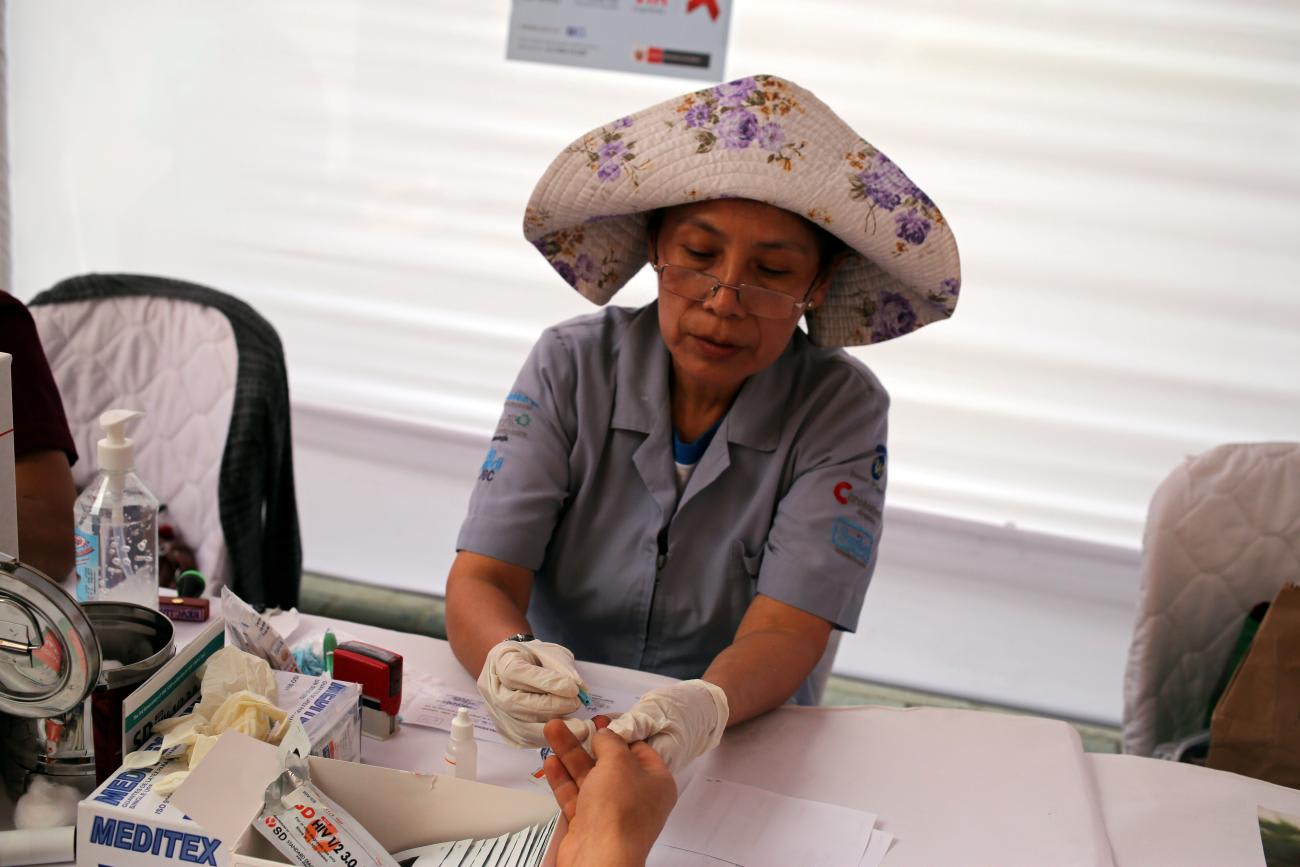
Such an indicator set, however, does not exist. USAID and the CDC, the two principal implementers of GHS programs, take different approaches to reviewing and acting on GHS progress reports. If a common indicator set existed and was used to evaluate programs, it could yield insights that improved the impact of GHS investments and also point to ways to improve current approaches to evaluating pandemic preparedness, which one analysis describes as "collating, coordinating, and cobbling."
Debate is considerable about whether the JEE is the right framework for tracking the results of pandemic preparedness investments, particularly given the lack of evidence that the JEE was predictive of any country's performance against COVID-19. The JEE uses external subject matter experts, many of whom come from the United States and Nordic governments, whose skills qualify them to implement a World Health Organization (WHO)–designed template and scope of work. It's a relatively closed system in which certain types of information and expertise are validated; those within the system have little incentive to argue for looking outside the WHO boxes. As the cited analysis concludes, the JEE can "lead to groupthink and the legitimacy of some conceptions of health emergency preparedness at the expense of others."
Over the course of the HIV epidemic, PEPFAR's approach to data collection and management has enriched and evolved (and occasionally enraged) countries and partners where they were implemented. The JEE has recognized its inadequacies; PEPFAR has a wealth of experience with data-driven programming. It would be a waste of infrastructure and investment to leave this experience untapped as the United States advances a global health security agenda.
An indicator set developed with inputs from country partners and civil society groups and enriched by community-led monitoring could be implemented as a learning exercise to inform the United States' whole-of-government strategy for biosecurity. PEPFAR would be the precedent, not the platform. However, in some instances, existing approaches in PEPFAR countries could be repurposed or expanded, just as digital health platforms were during COVID-19. The current one-year reauthorization has jeopardized the program; without extension, valuable infrastructure could be dismantled.
History suggests that using PEPFAR-like approaches to improve the information available about what U.S. government investments in pandemic preparedness could also garner more resources, even from a divided and distracted Congress. The relationship between Pandemic Fund and GHS investments bears some similarities to the Global Fund to Fight AIDS Tuberculosis and Malaria and PEPFAR. In both instances, the U.S. government is a major contributor to a multilateral fund and directs bilateral funding to programs with similar goals. In both cases, the former funds go to countries, the latter largely to U.S.-based or international organizations that then spend the funds in countries.
Separating PEPFAR from its complex architecture and operations is like lauding the Apollo 11 moon landing without mentioning NASA
Over the years, PEPFAR funds have paid for programs that establish proof of concept or good practice for the HIV/AIDS response, that have then been adopted, expanded, or adapted via the Global Fund. Examples include PEPFAR's DREAMS program for adolescent girls and young women, pre-exposure prophylaxis (PrEP) provision and same-day antiretroviral therapy (ART initiation. In each case, the U.S. government's bilateral initiative supplied and data that supported similar programming in far larger array of countries than PEPFAR operates. The U.S. Biosafety and Biosecurity Strategy mentions bilateral work but doesn't specify, as it could, a strategy that would use these bilateral investments to identify strategies that work.
It is hard to imagine sustained or expanded support for the Pandemic Fund or countries prioritized for bilateral U.S.-GHS investments among Republicans without something like this approach. The GOP has not moved too far past Senator Jesse Helms' assessment in January 2001 that foreign aid funds "bloated bureaucracy." PEPFAR was a notable exception to this assessment in no small part because of the detailed accounting it provided for its funds.
Separating PEPFAR from its complex architecture and operations is like lauding the Apollo 11 moon landing without mentioning NASA. America loves heroes and individual legacies. George W. Bush will always be the author of this great story given its origins during his administration.
The details of how of PEPFAR succeeded, though, could have been obscured not only or even solely by hero worship, but also because the program broke the mold in ways that disturbed the U.S. development establishment. The effort to repair it may have influenced the Joe Biden administration's tepid embrace of PEPFAR during COVID-19 and the reauthorization process.
These are possibilities, not proven facts. Were the Biden administration to issue a full-throated PEPFAR with a five-year reauthorization and by proactively evaluating and adapting its constituent parts for other global health investments, it would undermine this argument. Nothing would be more welcome.
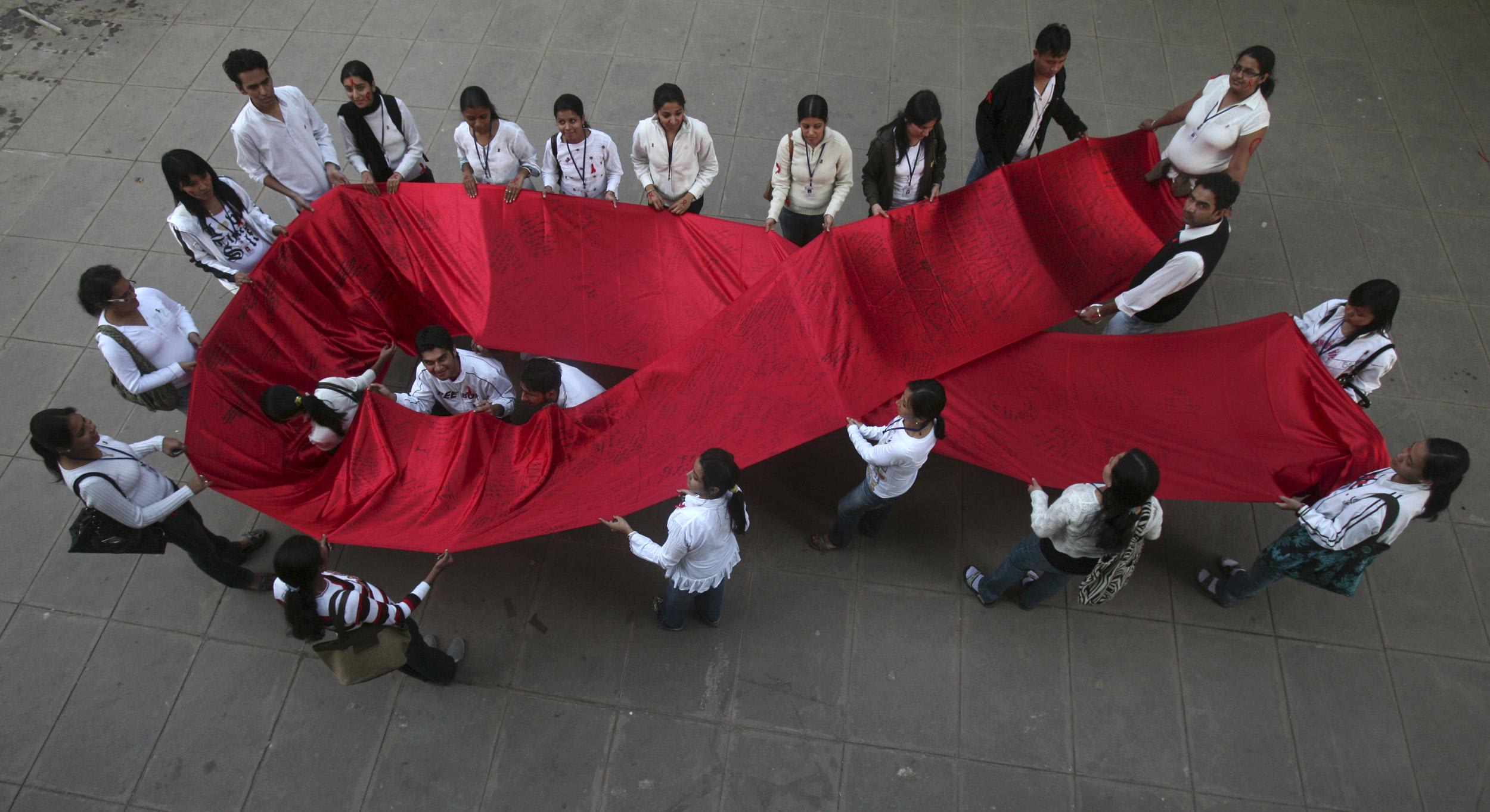
EDITOR'S NOTE: This story is the third in a three-part series about how the President's Emergency Plan for AIDS Relief (PEPFAR) came under threat. All three stories are available at this series page.
